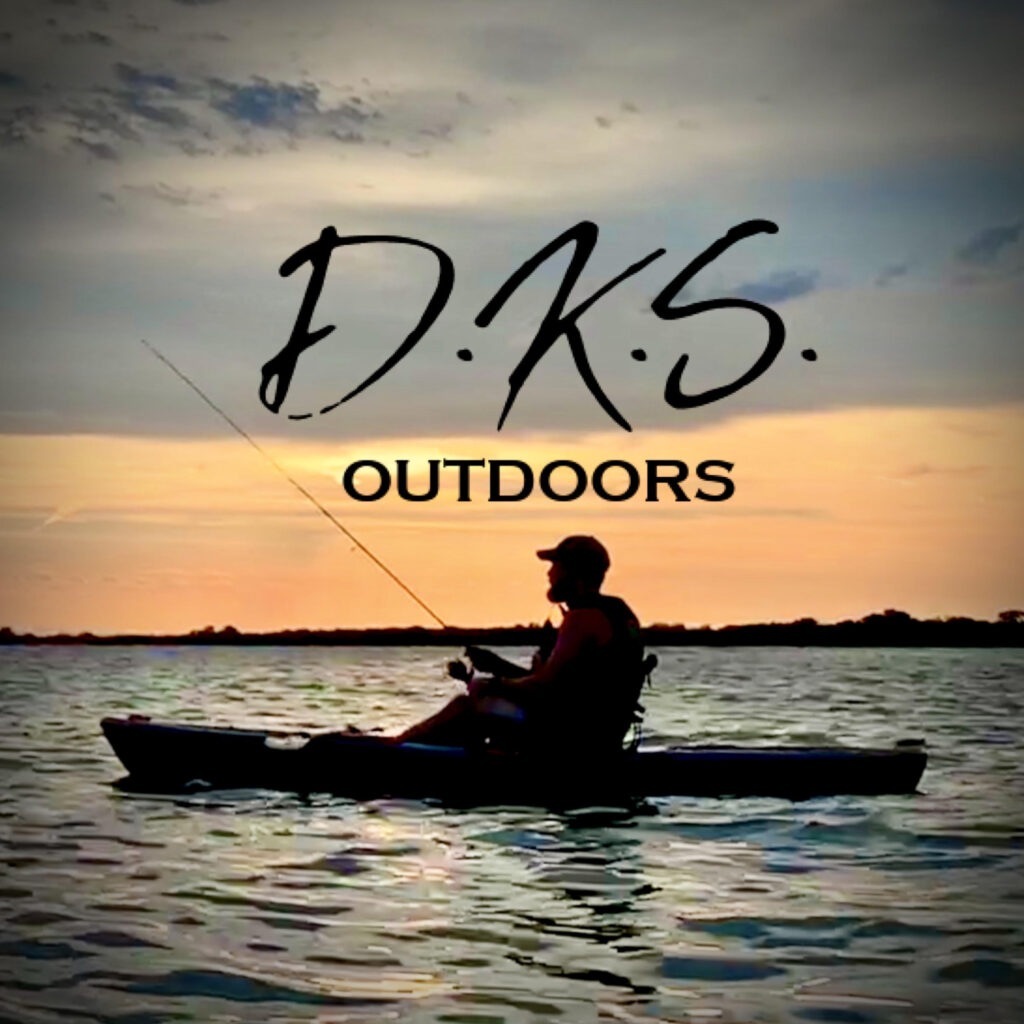Fly fishing can be an exciting and rewarding hobby, but it can also be overwhelming for beginners who are unfamiliar with the jargon and terminology used in the sport. Understanding these terms is crucial to becoming a successful fly fisherman, and today we will be diving into some of the most important terms every beginner should know. From dry flies to streamers, this guide will provide a comprehensive overview of the fly fishing terminology you need to know to get started. So grab your favorite beverage and let’s dive in!
Dry Flies
First, let’s talk about the dry fly. A dry fly is a fly that is designed to float on the surface of the water. Dry flies are typically used to imitate adult insects that have landed on the water’s surface. They can also be used to attract fish that are feeding on the surface. Dry fly fishing is a highly visual and exciting form of fly fishing. To fish a dry fly, simply cast it out onto the water’s surface, and wait for a fish to take the bait.
Nymph
Next, let’s discuss the nymph. A nymph is a fly that imitates an aquatic insect in its larval stage. Nymphs are typically fished below the surface of the water, as this is where most aquatic insects live. Nymph fishing can be highly productive, as many fish feed primarily on aquatic insects. To fish a nymph, you will need to use a weighted fly or add split shot to your leader to help it sink. Once the nymph is submerged, use a series of short, quick strips to make the fly move naturally in the water.
Streamer
Finally, we have the streamer. A streamer is a fly that imitates a small fish or baitfish. Streamers are typically fished with a stripping retrieve, which involves pulling the fly back towards you in short, sharp movements. This creates the illusion of a small fish swimming in the water. Streamer fishing can be highly effective, especially when fishing for larger predatory fish like trout, bass, or pike. To fish a streamer, cast it out and let it sink to the desired depth. Once it is submerged, begin stripping the line back towards you in short, sharp movements.
Additional Fly Fishing Terminology
In addition to these three essential terms, there are many other fly fishing terms that you may come across. Some common ones include:
- Backcast: The portion of the cast where the fly line is propelled behind you.
- Drag: When a fly is pulled unnaturally through the water, often caused by the current or by the angler’s line management.
- Tippet: The thin section of line that is attached to the end of the leader and to the fly.
- Hatch: When a large number of insects emerge from the water, often triggering a feeding frenzy among fish.
- False Cast: A casting technique used to lengthen the amount of line in the air before the final forward cast.
Learning these terms will help you better understand the sport of fly fishing and communicate more effectively with other anglers. In addition to learning the terminology, it’s also essential to practice your casting and fishing techniques regularly. This will help you become a more skilled and successful fly angler.
Fly fishing has its own language that can be confusing to beginners. However, understanding essential terms like dry fly, nymph, and streamer can help you get started. By familiarizing yourself with these terms and practicing your casting and fishing techniques, you’ll be well on your way to becoming a successful fly angler.
Learn about fly fishing gear for beginners here!
